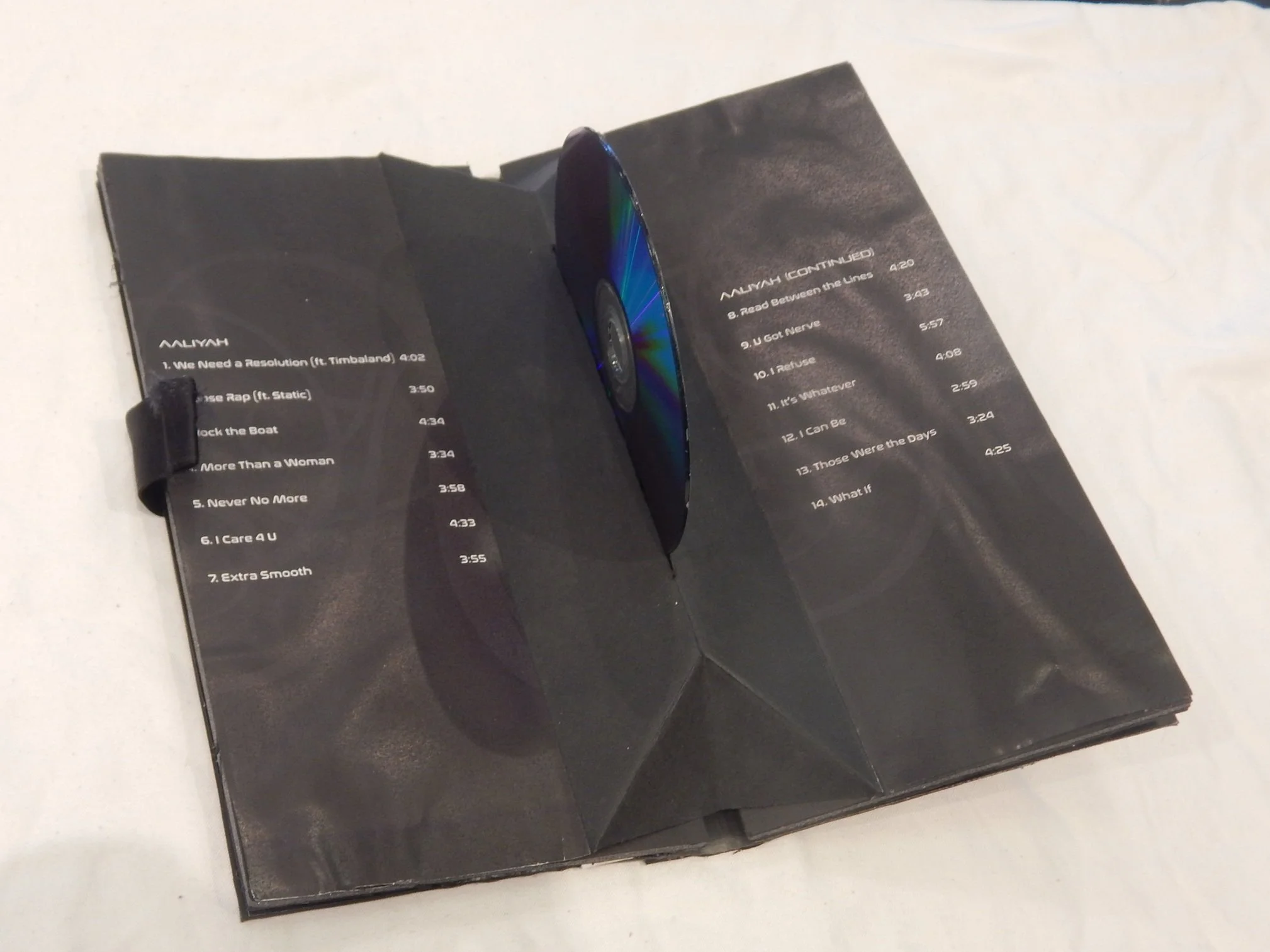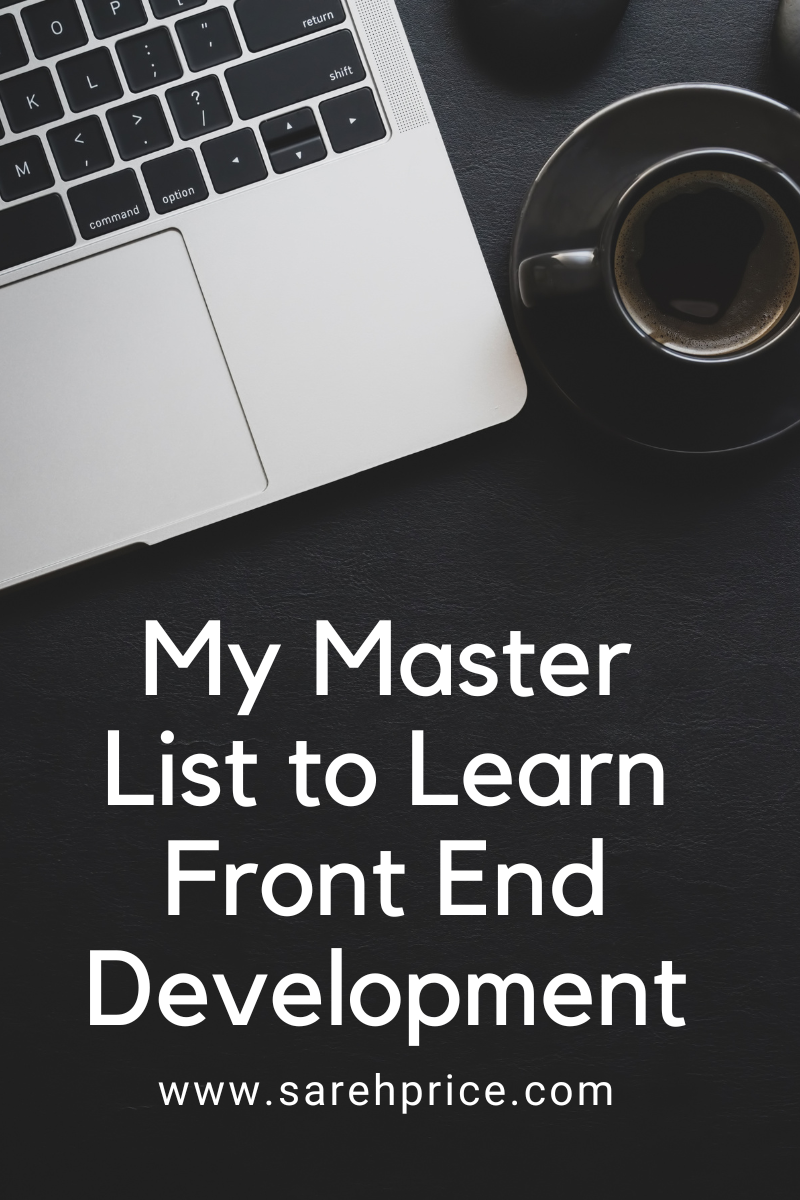Editing Tips: The Basic Six Step Plan
Since though I've started editing, I'd like to offer some editing tips I've picked up so far and I'll offer some more advice on endings, middles, and so forth. Today, I'm going to go over a basic editing strategy and later I'll delve into some deeper points.
Step one: The First Read Through
So after you've finished a novel and you've had some time away from the story to help distance yourself from it (otherwise you might to be too attached to cut characters, scenes, or whatever from the story if needed or see important flaws in it), its time for the first read through! Now this isn't the time to sit down and take notes. Nope, this is where you just sit back and read the whole thing through without taking notes or anything. Don't worry about grammar or plot holes or anything yet, you just want to read the whole thing as if you were a reader reading it for the first time. Just enjoy it for the sake of it. You've earned the time to actually read this awesome thing you created.
Step Two: Read through 2 + notes
The next step after you've finished reading it is to read it again but this time, allow yourself to take notes and correct grammar and little mistakes. Don't worry about correcting anything big right now. Just jot any notes as you're reading. Plot holes, things to remember for later, random bits about a character you forgot, things you forgot to put in about a character, if certain things need to be moved to a different chapter or taken out of, etc. It helps to organize things by chapter, and make specific notes for characters or setting or whatever.
Step Three: Time to Get Picky
Once again, no real editing. Now its time when you sit down and look through your notes. Organize them if you haven't done already so far. If you haven't already filled out character sheets (ones like Pomp Fiction's or The Survey) now is the time to make sure each main character and any important supporting characters has one filled out (yes, even the protagonist's best friend who keeps popping up throughout the story should have one. Any character that appears noticeably in the story should have one at least partially filled out.).
Next look at each chapter separately. Focus on each chapter and go through a detailed note taking section of each chapter. You can make notes about things that need to be changed in it, how it might not quite fit well in overall with the story, or whatever. Be picky about them.
Make sure to keep a list of any plot holes you might have and how you can fix them. Plot holes can be anything from where an important character randomly disappears half way through the story or where they might suddenly develop super powers. Maybe you forgot to connect an important item to something in your story or explain why its important. Anything that isn't tied up at the end or explained clear enough or be given why its important should be a plot hole.
Step Four: Gather Resources
Besides a notebook or laptop which you should already have if you've taken notes and some form of a character profile filled out. Its time to make sure you gather extra resources for later on. Dictionaries, theasures, numbers/emails of people to ask for help or interview about research things, websites that look useful, pens, highlighters, sticky tabs, a nice workspace, sissors, tape, glue, helping writing-help books, a calendar, etc.
Quick Tip! If you are able to do so, it helps to print out your book if you typed it up all on your computer. Or if you wrote it all out, you can type it all up. Having the story in a different format will make it easier for you to notice mistakes. If you don't have a personal printer, look into the prices of maybe your local library printer, Office Depot, Office Max, Staples, etc. Don't worry about binding or anything (although that might be nice because that might make it easier to keep together), because you can keep your story together using a three hole punch and a three ring binder. Or like me, find an envelope big enough and stick your story in there.
Quick Tip #2! Another way to help you edit is to simply read the story out loud. Reading it out loud causes your brain to slow down and actually process what you're reading. If you're nervous about someone hearing you, find a private place to read it out loud. Or if you want, find an audience who is willing to at least sit down and listen. And if they're awesome, ask them to take notes while they're listening. You can even record yourself reading if you'd like or find a program to read the story outloud to you! (I put mine on my kindle and I can take notes using it and it'll even read it out loud to me).
Step Whatever: Cause This Can Come Anywhere In the Process
Buddies! Its important that while you're editing to have at least one pair of eyes besides your lovely ones going over the story for you. The more the better. And while its nice to have that family member who'll just sing praises of it, its better to find someone who can offer you constructive criticism and offer suggestions to help. If you don't know where to look, try a writer's group or community (online or offline) or find a friend or family member willing to offer their honest opinion and feedback.
Step Five: Do Any Research Needed
This can be something as simple as looking for editing tips or researching deeper into nanotechonolgy because when you were writing the first draft, you just wrote something that sounded plausible because you just wanted to get the draft done and over with. And its perfectly okay to do that as long as you make sure later to do your research.
Step Six: Pitches, Synopsis, etc.
If you haven't already, now is the time to sit down and write out a pitch (or book blurb) and/or a synopsis. The pitch and synopsis (about 1 page usually) are helpful tools because they force you to look at the overall story and summarize it. They make you look at the beginning, middle, and end and make you think about what's important and not important enough to include and can help give a story a sense of direction and plot.
Things to Remember:
- Don't rush when editing. This is your time to go back and polish your story as much as possible. Even if it means editing something five or six times till you're completely sure its ready.
- Read through your story first before editing. Then read it again and just take notes. Gather resources and then edit.
- A critique partner can be your greatest ally and shoulder to cry on!
- Printing your story out can help you find mistakes. Or typing it up if you wrote it all out by hand.
- Reading your story outloud or finding a program that will to the same thing can be another great way to help you catch mistakes.
- Editing is hard, but trust me, its worth it.
- You're not the only one who's editing too or who has gone through the same thing.
- You can do it! And again. And again. And again...
Resources and Things to Check out To Get You Started
Character Sheets/Sites
- Pomp Fiction Character Sheet
- The Survey- Character Sheet
- Gaia Online- Character Sheet (posted here on Birds of a Writer)
- Mary Sue Test
- The Universal Mary Sue Litmus Test
- Mary Sue Race Test (as in species)
Editing Sites
Story Sources
Writing Help
Keeping it organized











